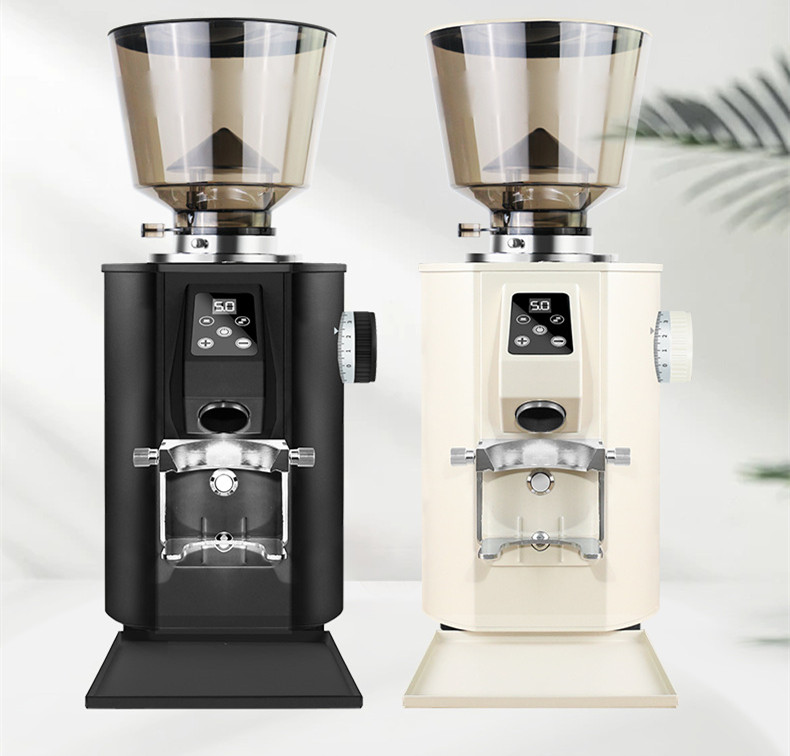The influence of the airflow control of the roaster on coffee beans is mainly reflected in the following aspects:
Influence on flavor and aroma: The size of the air flow affects the formation of flavor and aroma in coffee beans during the roasting process. Excessive air flow will cause the coffee beans to heat up too quickly, resulting in uneven heating. The edges of the coffee beans will be burnt, and the internal flavor will not be fully developed, causing the coffee beans to have a sour taste due to the shortened roasting time. If the air flow is too small, it may cause the coffee beans to lose the moisture needed for sweetness, resulting in a bland flavor and an uncomfortable taste of the roasted coffee.
Affecting roasting uniformity: Air flow helps coffee beans heat evenly during the roasting process. By controlling the speed and direction of the air flow, the uneven heating of coffee beans can be avoided. In the later stage of roasting, appropriately reducing the airflow can lower the heat conduction efficiency and prevent coffee beans from being over-roasted under high-temperature conditions.
Affecting the discharge of substances during the baking process: During the dehydration stage of baking, a large amount of water in the green beans is discharged in the form of water vapor, causing the humidity in the baking room to increase rapidly. At this time, it is necessary to increase the airflow to expel the excess water vapor; otherwise, it will hinder heat transfer and affect the baking result. When the coffee roasting temperature reaches 180℃, the smoke volume becomes obvious. At the beginning of the first roasting, the smoke volume increases sharply, and it reaches its peak at the second roasting. The deeper the roasting, the greater the smoke volume. At this time, a larger airflow should be used to exhaust the smoke to prevent the smoke from adhering to the coffee bean cells and affecting the flavor.
Impact on baking time and temperature control: The size of the air flow will affect the temperature changes and baking time during the baking process. In the early stage of roasting, appropriately reducing the air flow can allow coffee beans to undergo an endothermic reaction, absorbing sufficient heat to carry out the Maillard reaction and develop flavor characteristics. In the later stage of roasting, appropriately adjusting the airflow can assist in changing the heat to control the heating rate (ROR), ensuring that the coffee beans are heated evenly both inside and on the surface.


